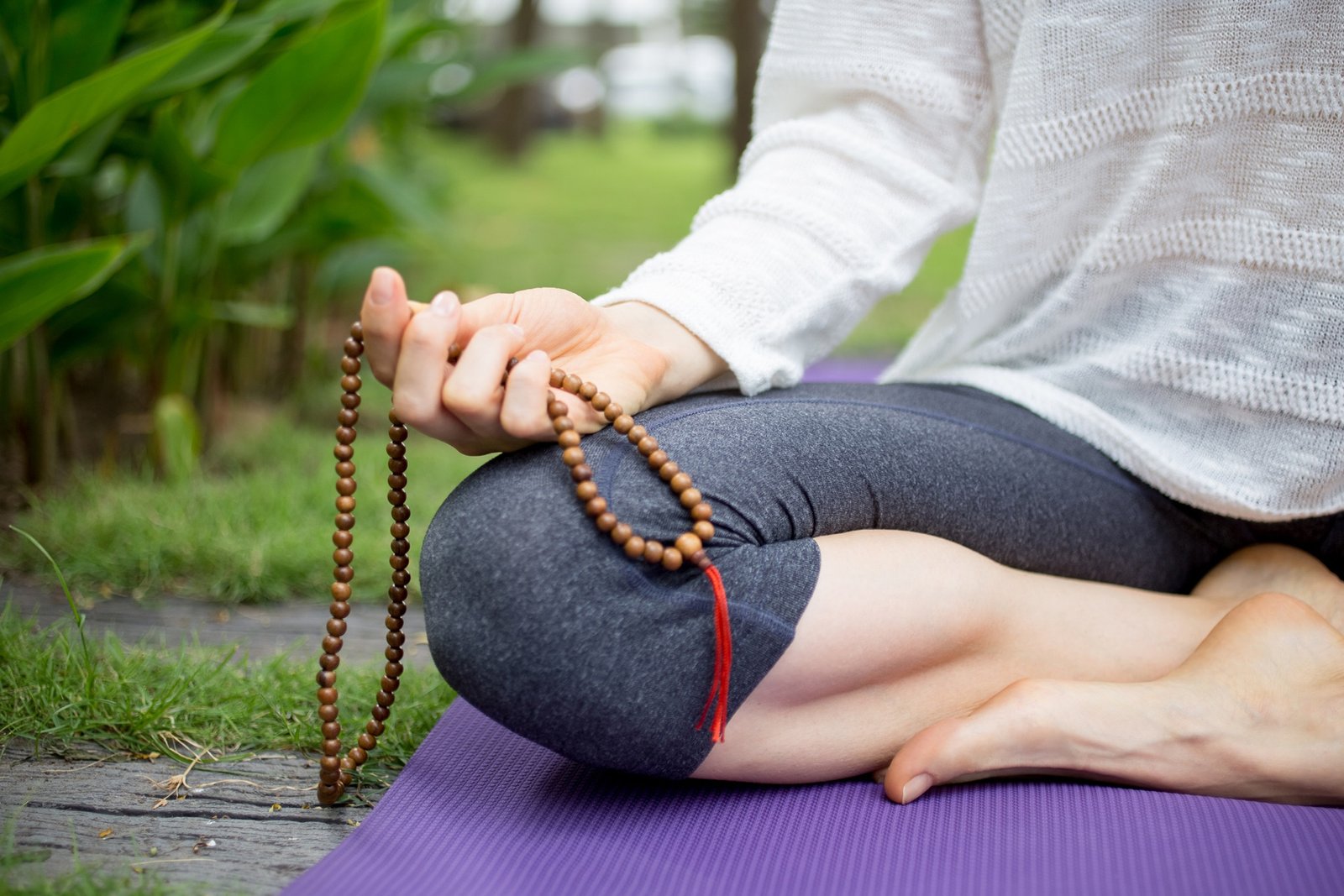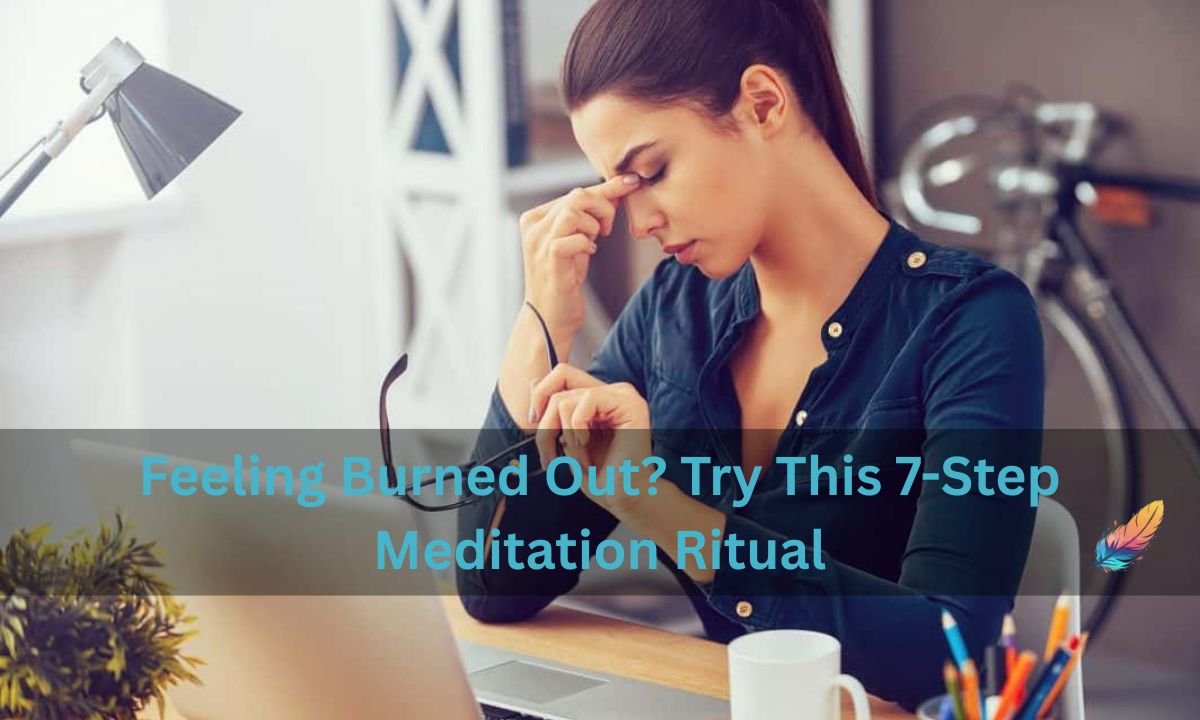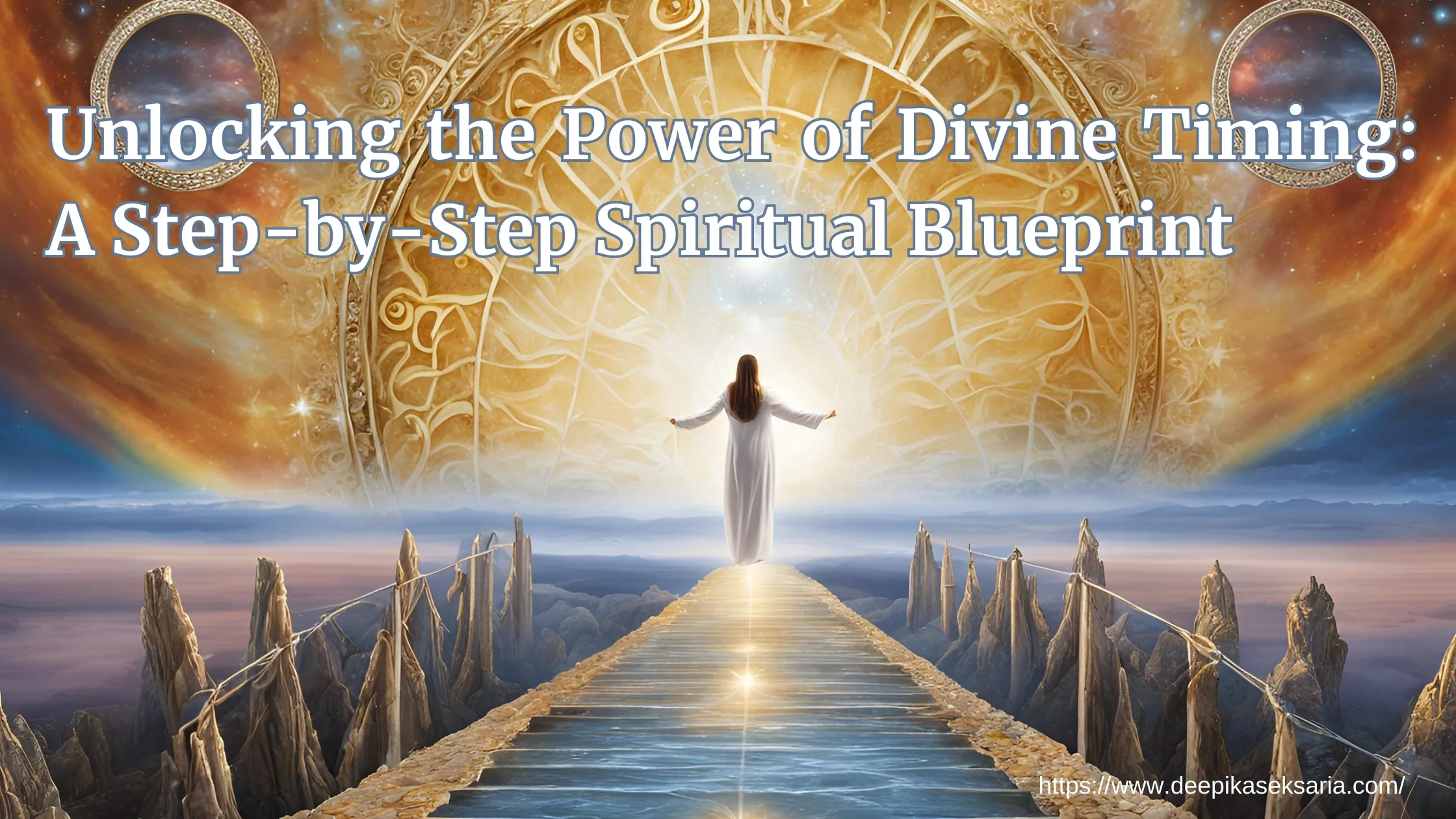Feeling Burned Out? Burnout isn’t just about being tired. It’s a profound emotional, physical, and mental exhaustion that creeps into every corner of your life. You start to dread Mondays, feel drained even after a full night’s sleep, and the things you once loved feel like a chore. If this sounds familiar, you’re not alone.
According to the World Health Organization, burnout is an occupational phenomenon resulting from chronic workplace stress that has not been successfully managed. But it’s not just limited to the workplace—parenting, caregiving, and even social pressures can be overwhelming.
Fortunately, tools exist to help you get back into balance. One of the most powerful and accessible of these tools is meditation. And when done consistently and with intention, meditation can serve as a profound antidote to burnout. In this post, Deepika Seksaria introduces a 7-step meditation ritual specifically designed to overcome burnout and replenish your inner energy.
Let’s begin with why meditation works—and then we’ll dive into the 7-step ritual you can start today.
Feeling Burned Out? Here’s Why It Happens

Burnout creeps up quietly. Often, it begins with minor stress that builds over time — long work hours, lack of sleep, emotional challenges, and too many responsibilities. Eventually, you hit a wall.
You may feel emotionally drained, physically fatigued, and mentally foggy. Your productivity dips, and even small tasks feel overwhelming. Burnout is especially common among caregivers, professionals, students, and parents — anyone who constantly gives without recharging.
Understanding the Mind-Body Connection

Your brain and body are in constant communication. When stress levels rise, your brain tells your body to release cortisol, the stress hormone. Over time, chronic stress rewires your brain, especially in areas related to memory, decision-making, and emotional regulation.
Meditation works by reversing this damage. When you meditate, you slow your heart rate, reduce cortisol levels, and engage the parasympathetic nervous system — the part that promotes relaxation. That’s why even short meditation sessions can produce a big impact.
Why Meditation Works for Burnout

Meditation helps not just because it calms the mind but because it retrains it. According to research published in Psychosomatic Medicine, regular mindfulness meditation reduces emotional reactivity, lowers blood pressure, and increases self-awareness.
The beauty of meditation is that it creates space – space to breathe, space to think, and space to just be. It allows the mind to relax, which is so important when you’re feeling tired, Here’s what How to do meditation.
The Power of a Structured Ritual
While any meditation practice is beneficial, following a structured ritual can deepen the benefits. Rituals provide consistency, grounding, and a sense of safety. They signal to your mind and body that it’s time to let go.
This 7-step meditation ritual was created for those who feel overwhelmed and need a clear path back to peace.
1. Set an Intention Before You Begin

Before you close your eyes, pause. Ask yourself: Why am I meditating today?
Your intention could be as simple as, “I want to feel calm,” or as specific as, “I need clarity before my big meeting.” This anchors your practice in purpose and makes it more meaningful.
Intentions give your brain a destination. Instead of floating aimlessly, your mind knows where to steer during meditation.
2. Find a Quiet and Comfortable Space

Environment plays a huge role in your ability to relax. Choose a quiet room, dim the lights, and get cozy. You can sit on a cushion, lie down, or use a chair — the key is to be comfortable Space but alert.
Add elements like soft music, a candle, or calming scents like lavender. These sensory cues help signal your brain that it’s time to wind down.
3. Use Breathwork to Anchor Yourself

Begin with deep breathing. Inhale through your nose for four counts, hold for four, exhale through your mouth for six. Do this for a few minutes.
Breathwork slows the heart rate and grounds your awareness in the present moment. It’s the bridge between your mind and body. When in doubt, always return to the breath.
4. Practice Body Scan Meditation

Start at the top of your head and slowly move your attention downward — your forehead, eyes, jaw, neck, shoulders, arms, chest, back, legs, and toes.
As you scan each area, notice any tension and consciously release it. This teaches you how to tune in and listen to your body — something burnout often drowns out.
5. Visualize a Place of Peace

Now, imagine a peaceful place. It could be a beach, forest, mountaintop, or even a favorite memory. Picture the sights, sounds, and feelings.
Visualization activates the same parts of the brain as real-life experiences. It allows you to mentally “escape” and reset. This is a powerful tool to replenish emotional energy.
6. Repeat a Calming Mantra

Choose a phrase that resonates with you, like:
-
“I am calm and capable.”
-
“Peace flows through me.”
-
“This too shall pass.”
Repeat it silently or aloud, letting the words wrap around you. Mantras help replace negative self-talk with empowering beliefs.
7. End with Gratitude and Reflection

As you close your practice, bring to mind three things you’re grateful for. They can be big or small — a warm bed, a kind word, a moment of rest.
Gratitude activates the brain’s reward system and shifts your focus away from lack. It’s a beautiful way to end your ritual with love and light.
How Long Should You Meditate to Fight Burnout?

The ideal length is the one you’ll stick with. Even five minutes a day can create change. For deeper healing, aim for 15–20 minutes daily.
What matters most is consistency. Think of meditation like brushing your teeth — small, regular practices prevent major issues.
Meditation Tools That Can Help You Stay Consistent

Consider using meditation apps like Headspace or Insight Timer. They offer guided meditations, timers, and soothing music. A comfortable cushion, eye mask, or journal can also enrich your practice.
Creating a small meditation corner at home encourages you to return daily. Ritual breeds results.
Personal Testimony: How Meditation Helped Me Beat Burnout
I remember waking up each day with a knot in my stomach. Deadlines loomed, my mind raced, and I barely recognized myself. Meditation wasn’t a quick fix, but it was my anchor.
Each morning, I followed this 7-step ritual. Some days were hard, others peaceful, but over time, I noticed real change. I became less reactive, more patient, and — most importantly — I felt like myself again.
Feeling Burned Out? Try This 7-Step Meditation Ritual

This simple, structured meditation ritual is a lifeline when burnout hits. It gives you something to hold onto when everything feels like it’s slipping away. You don’t need fancy tools or hours of time — just a few quiet minutes and a willingness to show up for yourself.
So if you’re feeling burned out, try this 7-step meditation ritual. You may be surprised by the peace you’ll find inside.
Common Mistakes People Make During Meditation
-
Expecting instant results: Meditation is a practice, not a quick fix.
-
Judging thoughts: It’s normal to have thoughts — let them pass without clinging.
-
Being inconsistent: Daily practice, even if short, is better than sporadic effort.
-
Trying too hard to relax: Ironically, forcing relaxation creates tension.
-
Comparing your practice to others: Meditation is deeply personal — do what works for you.
Conclusion
Burnout may feel overwhelming, but recovery is possible — and it begins with small, intentional actions. This 7-step meditation ritual is more than just relaxation; it’s a return to yourself. By grounding your mind, nurturing your spirit, and calming your body, meditation helps you heal from the inside out.
Remember, peace isn’t a destination — it’s something you can access daily, even in just a few quiet minutes. You deserve that peace.
A quick overview of the topics covered in this article.
- Feeling Burned Out? Here’s Why It Happens
- Understanding the Mind-Body Connection
- Why Meditation Works for Burnout
- The Power of a Structured Ritual
- 1. Set an Intention Before You Begin
- 2. Find a Quiet and Comfortable Space
- 3. Use Breathwork to Anchor Yourself
- 4. Practice Body Scan Meditation
- 5. Visualize a Place of Peace
- 6. Repeat a Calming Mantra
- 7. End with Gratitude and Reflection
- How Long Should You Meditate to Fight Burnout?
- Meditation Tools That Can Help You Stay Consistent
- Personal Testimony: How Meditation Helped Me Beat Burnout
- Feeling Burned Out? Try This 7-Step Meditation Ritual
- Common Mistakes People Make During Meditation
- Conclusion
























